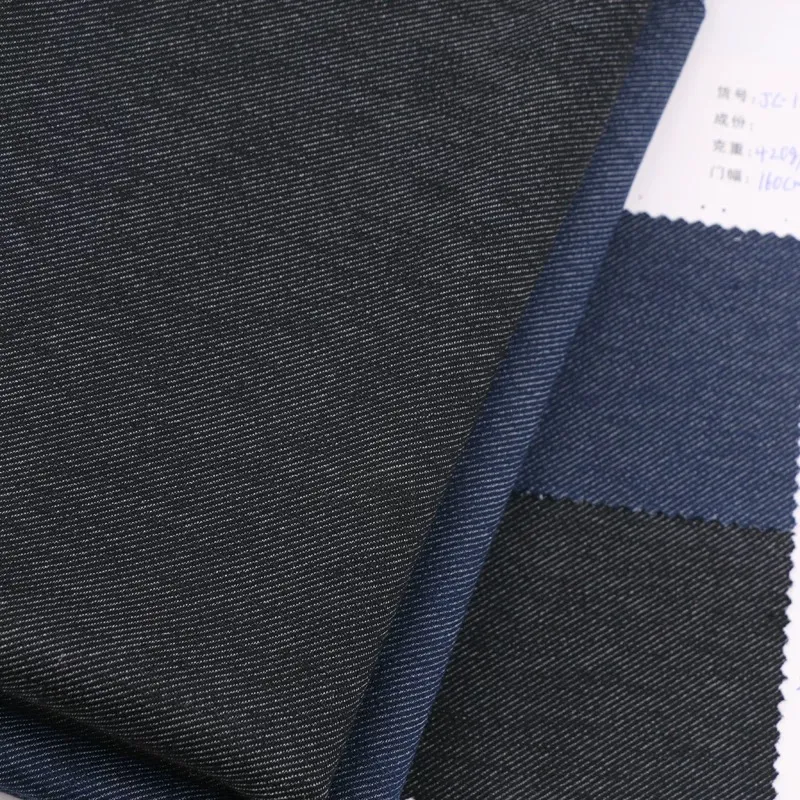natural indigo dyeing


Modern applications of natural indigo vary widely, from haute couture to everyday wear. The denim industry, in particular, has seen a shift back to natural indigo, with brands championing this as an ethical alternative. Beyond fashion, indigo's soothing hues are also being embraced in home décor, textile art, and wellness products such as naturally dyed yoga mats and meditation cushions. The versatility of indigo allows for endless creative explorations while maintaining a low ecological footprint. Trustworthiness is a crucial factor for consumers in choosing natural indigo products. Look for transparency in sourcing, ensuring the indigo is sustainably harvested and supports fair-trade practices. Some brands offer certifications and partnerships with organizations that assist in maintaining ethical standards in the production of indigo and textiles. To achieve the best results in natural indigo dyeing, commitment to ongoing learning and adaptation is essential. Workshops and courses with master dyers can enrich skills and provide insights into innovative techniques. Networking with other artisans and participating in forums dedicated to natural dyeing helps maintain a dynamic and informed practice. As a product, natural indigo dyeing is more than just a colorant; it is an embodiment of history, culture, and environmental stewardship. Embracing this dye means choosing authenticity, supporting artisan craftsmanship, and making a positive environmental impact. Natural indigo stands out not just for its stunning blue tones but for its ability to tell a story—a story woven with legacy, artistry, and care for the planet.
-
Thermal Stability Analysis of Bromo Indigo Pigments
NewsJun.06,2025
-
Sulphur Black Dye Oxidation Process Optimization
NewsJun.06,2025
-
Lightfastness Testing of Bromo Indigo Dyed Denim
NewsJun.06,2025
-
Granule Size Distribution and Jeans Color Uniformity
NewsJun.06,2025
-
Gradient Dyeing Methods with Indigo Blue Granules
NewsJun.06,2025
-
Dyeing Temperature Effects on Sulphur Black Color Fastness
NewsJun.06,2025
-
Sulphur Black Dyes in Daily Use
NewsMay.07,2025

Sulphur Black
1.Name: sulphur black; Sulfur Black; Sulphur Black 1;
2.Structure formula:
3.Molecule formula: C6H4N2O5
4.CAS No.: 1326-82-5
5.HS code: 32041911
6.Product specification:Appearance:black phosphorus flakes; black liquid

Bromo Indigo; Vat Bromo-Indigo; C.I.Vat Blue 5
1.Name: Bromo indigo; Vat bromo-indigo; C.I.Vat blue 5;
2.Structure formula:
3.Molecule formula: C16H6Br4N2O2
4.CAS No.: 2475-31-2
5.HS code: 3204151000 6.Major usage and instruction: Be mainly used to dye cotton fabrics.

Indigo Blue Vat Blue
1.Name: indigo blue,vat blue 1,
2.Structure formula:
3.Molecule formula: C16H10N2O2
4.. CAS No.: 482-89-3
5.Molecule weight: 262.62
6.HS code: 3204151000
7.Major usage and instruction: Be mainly used to dye cotton fabrics.

